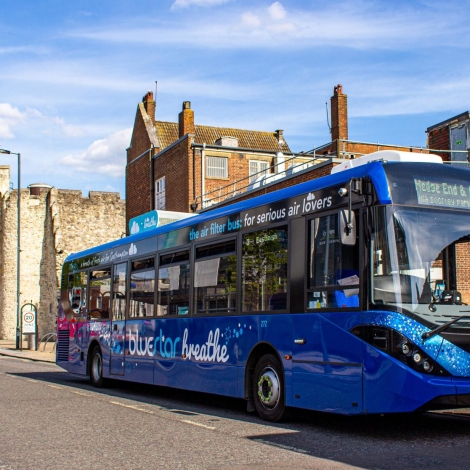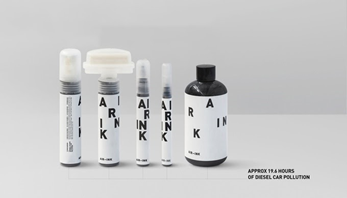This article is part of a series by students in the Sustainable Development program at Lehigh University in Bethlehem, Pensylvania (USA). The articles reveal snapshots of technology that is improving lives and environmental sustainability in the world’s cities. For more in the series:
Twelve Apps Making Cities Accessible to Travelers and Immigrants
Eight Innovations Changing Urban Mobility and Transportation
Nine Digital Innovations that Improve City Life Worldwide
Mobile apps and creative engineering have produced a new toolset for living in the city without trading clean air and a light environmental footprint. Smart city solutions range from simple apps that log your everyday activity to complex air filtering systems. These solutions collectively work to minimize pollution and contribute to the wellbeing of our little blue planet.
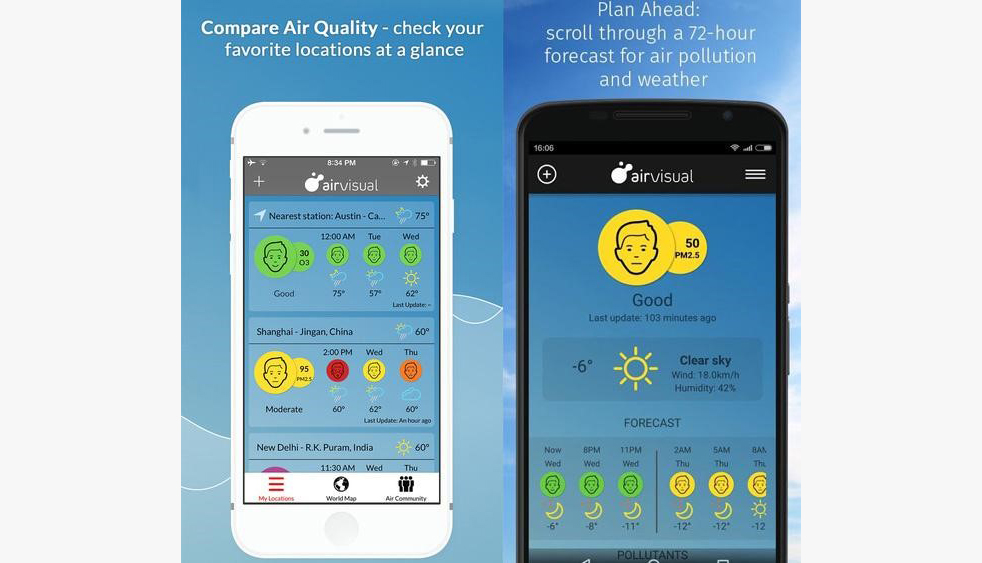 |
AirVisual, US, 2015AirVisual utilizes the world’s largest air quality datasets from government agencies, crowdsourced AirVisual Pro monitors, and satellite imagery. The app allows you to check an air quality score of your city and compare it with other cities. You can even check fairly reliable forecasts to plan your outdoor activities and ensure a healthy workout. |
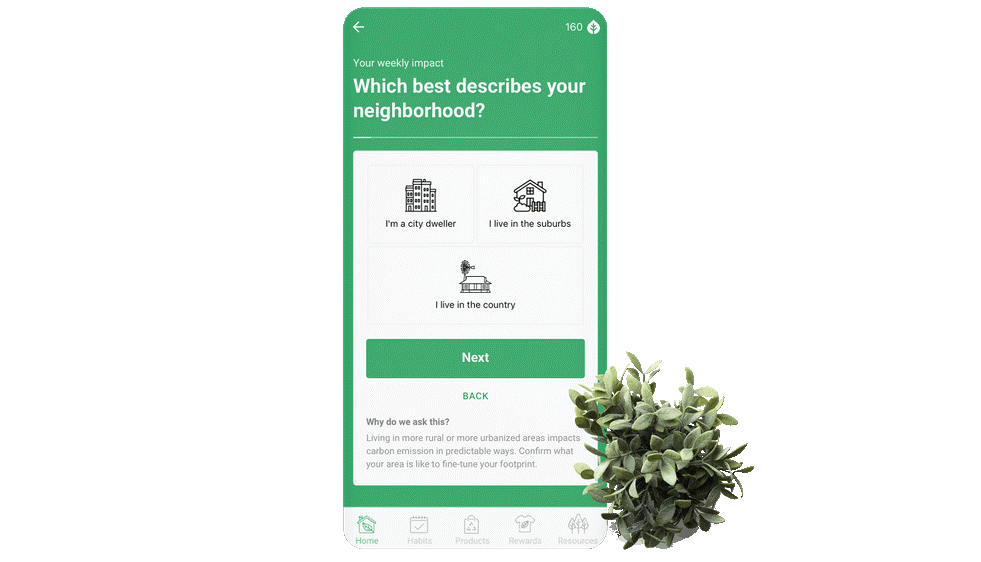 |
EcoCred, US, 2019EcoCred is an app that rewards you for being sustainable. By having a zero waste lunch or taking the bus, you earn a certain number of EcoCreds that you can use to buy a recycled notebook or a stainless steel lunch box. The app is still new and it’s still growing with about 30,000 current community members. With every update, the team adds more habits to reduce your carbon footprint. |
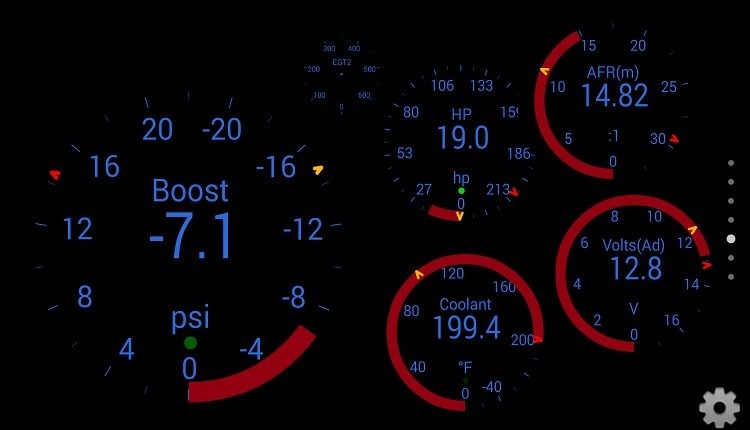 |
Torque Pro, UK, 2012Torque Pro is an app that connects to your car’s OBD port, logs your driving data to make you a better, more efficient driver, and saves you money on gas. From finding where you parked your car to calculating how far you drove since day one, this app really does have a unique set of features every driver should have. Apps like this one are very popular among millennial drivers, getting over 2 million downloads in the Apple App Store and the Google Play Store combined. |
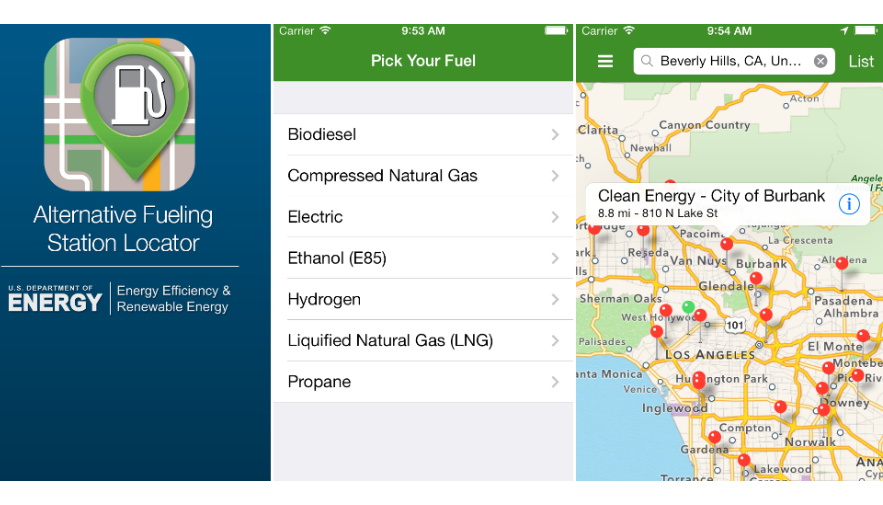 |
Alternative Fueling Station, US, 2011Part of the Department of Energy’s clean cities program, this app was developed to provide information on the nearest fueling stations, which include biodiesel (B20), natural gas (compressed and/or liquefied), electricity, ethanol (E85), or propane. Their online database is inclusive of most stations and is open for developers to use and develop their own apps. An app like this will make it easier for someone with an electrically or biofuel powered car to find the nearest fueling station, addressing a concern people have when buying these environmentally friendly machines. This app has over 10k downloads; however fuel specific apps gain more downloads. |
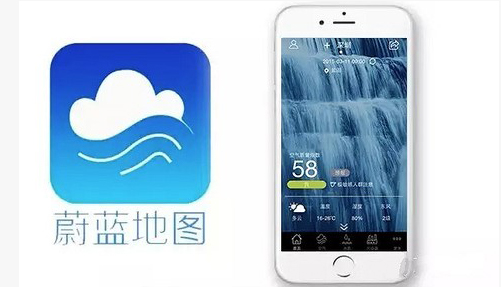 |
Blue Sky Map, China, 2018The Institute of Public and Environmental Affairs (IPE) in China are starting to make the public aware of the polluted air they’re breathing. This app offers realtime information on the pollution levels in China, uncovering pollution sources. When the team was asked about protecting polluting companies, they responded by saying, “we aim to be professional and scientific. We’re founded on data, on science, and that’s extremely important, as in China the impact of data can still be sensitive and NGOs are still quite new.” They are operating in China only, however the idea is inspiring and should be applied wherever possible. |
|
|
AIR-INK, US, 2015Graviky Labs is a startup developing a device that converts carbon soot in the air, to ink. Yes, ink. The pollution produced by your car exhaust can be the ink you doodle with. The project was funded by Kickstarter and the final product is under development. According to their website, after 45 minutes driving with their KAALINK device connected to your exhaust pipe, you get 1 fluid ounce of ink. The concept mirrors that of another startup, the Delhi, India-based Chakr. Chakr developed a soot scrubber that retrofits onto the huge diesel generators that power Delhi’s mobile phone towers. Chakr’s scrubbers capture about 70 percent of the soot. The startup then converts it into ink for graffiti and t-shirts. |
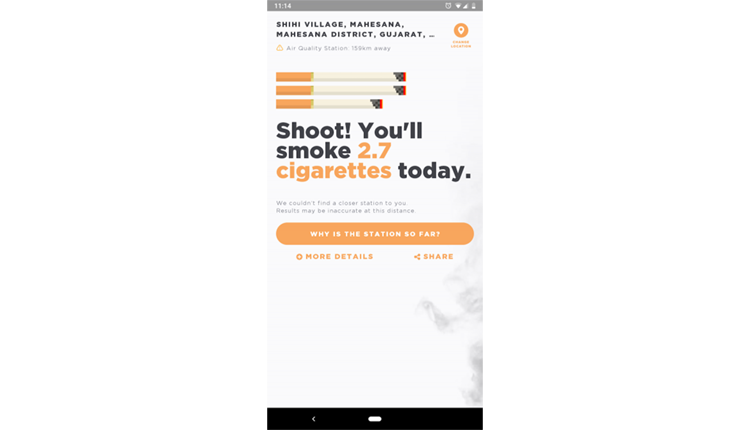 |
Shoot! I Smoke, US, 2018This app uses an interesting metric to describe the air quality of the area you live in. Instead of giving a score from 1-10, it shows you the cigarette equivalent of the air you breathe. For the geeks out there, you can still see the specific metrics and measurements by clicking on ‘more info.’ |
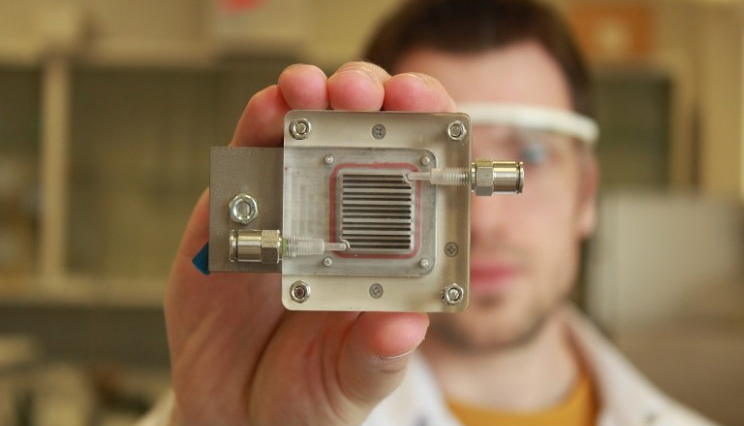 |
Fuel from Pollutants, Belgium, 2017One of the things almost all contaminants have in common is hydrogen. A group of researchers from the University of Antwerp and KU Leuven have developed a small device where air is purified on one side and carbon is generated by the degradation of products on the other side. The gas is then collected and used as fuel. The team hopes to develop this project on a larger scale. |
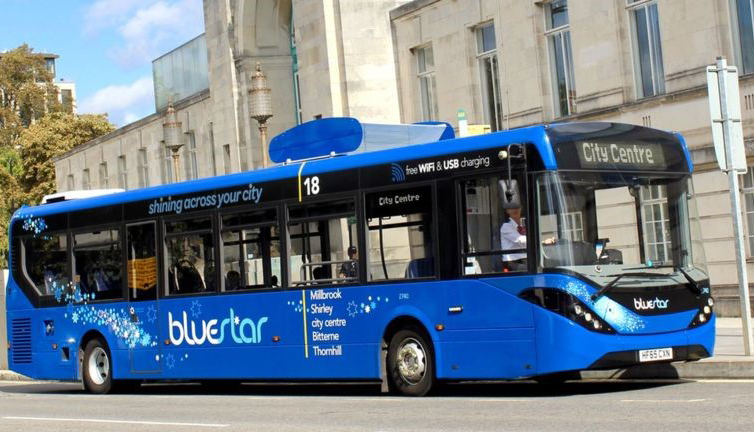 |
Air filtering bus, Britain, 2020Go-Ahead, the leading British transportation company, is planning on launching its air filtering buses in six more regions this year (2020). These buses are equipped with air filtering devices on the roof and have been roaming the streets of Southampton for a 100 day trial period. When asked to comment about the busses, Go-Ahead chief executive David Brown said: “Our air-filtering system has exceeded all expectations in how it can benefit the environment”. These busses pass by thousands of liters of air everyday, if they filter a small percentage of that air, there will be a significant change in air quality. |
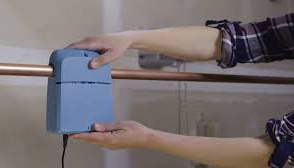 |
FLUID, US, 2015FLUID is a smart water meter that simply snaps on a water pipe to measure when and where you are consuming the most water. It connects to your wifi and displays the information through the FLUID app. This app is a great way to keep track of when and where you are using water the most, saving money on your water bill, notifying you when there’s a leak, and conserving the most crucial resource we have, water. The installation process is very simple. You simply clamp it on, connect to a plug, and connect it to your wifi. Awareness of the insights given by the app will definitely change your habits, make your usage more efficient, and conserve our most prime resource, water. |
Innovations like these allow a smooth transition into an interconnected and digital world. This transition will lead us to being one with the environment around us and sharing awareness that will help notify the public on the role of every person in the protection of the one thing we can’t replace, Earth.
Those are 10 technologies that stood out, not an exhaustive list by any means. Please tell me about your go-to green apps or technologies you’ve seen in the comments below.
About the Author
Bishoy Youhana grew up in Egypt and is studying at Lehigh University in the United States. He is majoring in Computer Engineering with a minor in Economics.
